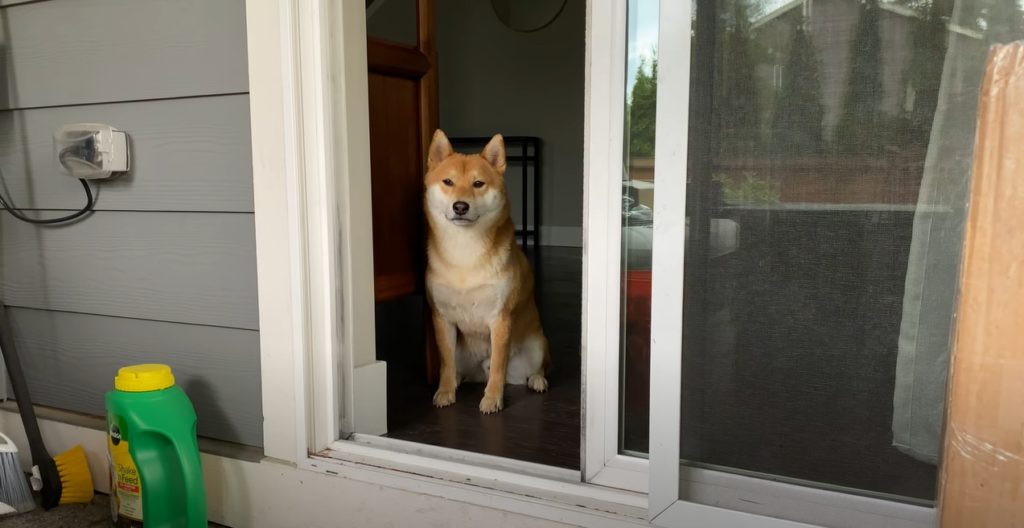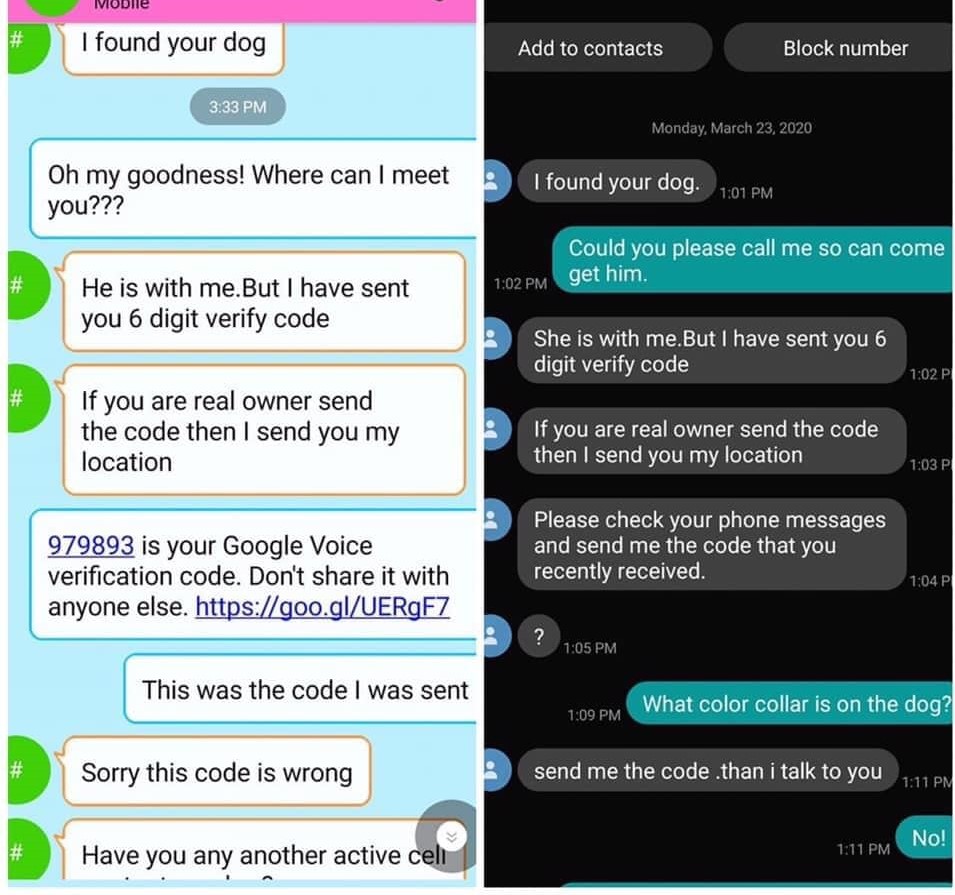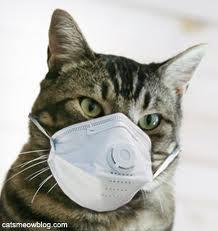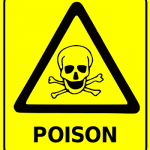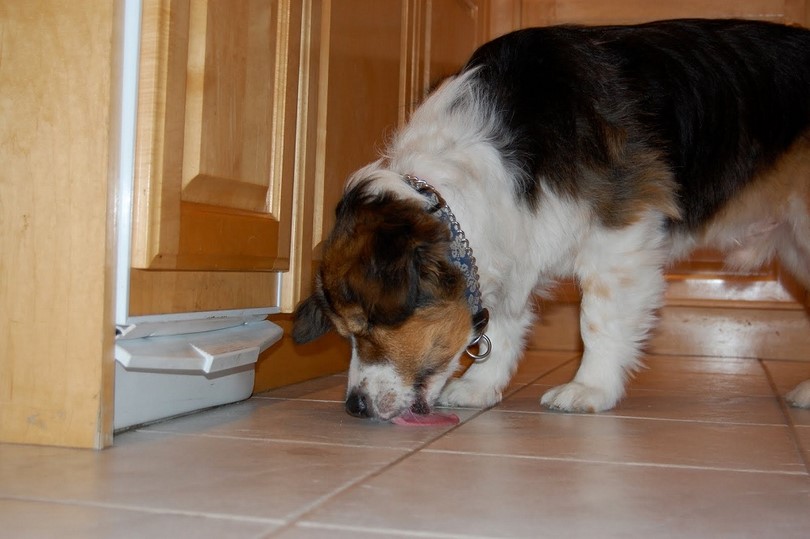Guest post by Lost Dogs of America.
According to the U.S. Census, the average American will move 12 times in their life. Moving is stressful for both two- and four-legged family members. Your dog’s health and behavior can be off during and after the move. Below are tips for moving with your dog to help alleviate some of the stress and keep your dog safe.
- Ensure your dog is wearing a properly fitted collar with current information on the ID tag.
- Contact your dog’s microchip company to update your contact information.
- During the move (both from old residence and new residence), confine your dog in one room with familiar bedding/toys. If your dog is crate trained, use the crate. Close the door and place a large sign stating, “Do Not Enter”. If it is not possible to confine your dog to one room, then considering boarding him/her during the move.
- Keep your dog’s current vaccination records as well as a list of numbers for your local animal control, non-emergency police line and area vet clinics handy. Keep a current photo of your pets either printed or handy on your phone or tablet.
- If you are driving cross country for your move, be mindful of your dog darting out of car doors at gas stations, rest stops, hotels, etc. Make sure your dog is attached to the leash before you open the door, and you have a firm grip on the leash.
Once moved:
- For at least the first few days place baby gates in front of all exterior doors even to the door leading to the garage.
- If your new home has a fenced yard, perform a safety check; look for holes both in and under the fence, loose boards, broken gate latches, etc. Continue to be diligent – watch your dog’s behavior for the next few weeks in the fenced yard, he/she could find the weak link to escape from the fenced yard.
- Familiarize yourself with your new community by getting to know where your shelters, animal control facilities, vet clinics, police departments, and town offices are located. You will want to have this information handy in case your dog goes missing.
If your dog does get loose, immediately file a report in the Pet FBI database to create a free flyer and social media links. One of our volunteers will post your listing to the appropriate state or provincial Facebook page. Then check out this article on the Lost Dogs of America website: Tips For Dogs Who Are Lost From Somewhere Other Than Home.
Thanks to Lost Dogs of America for sharing this great advice!


